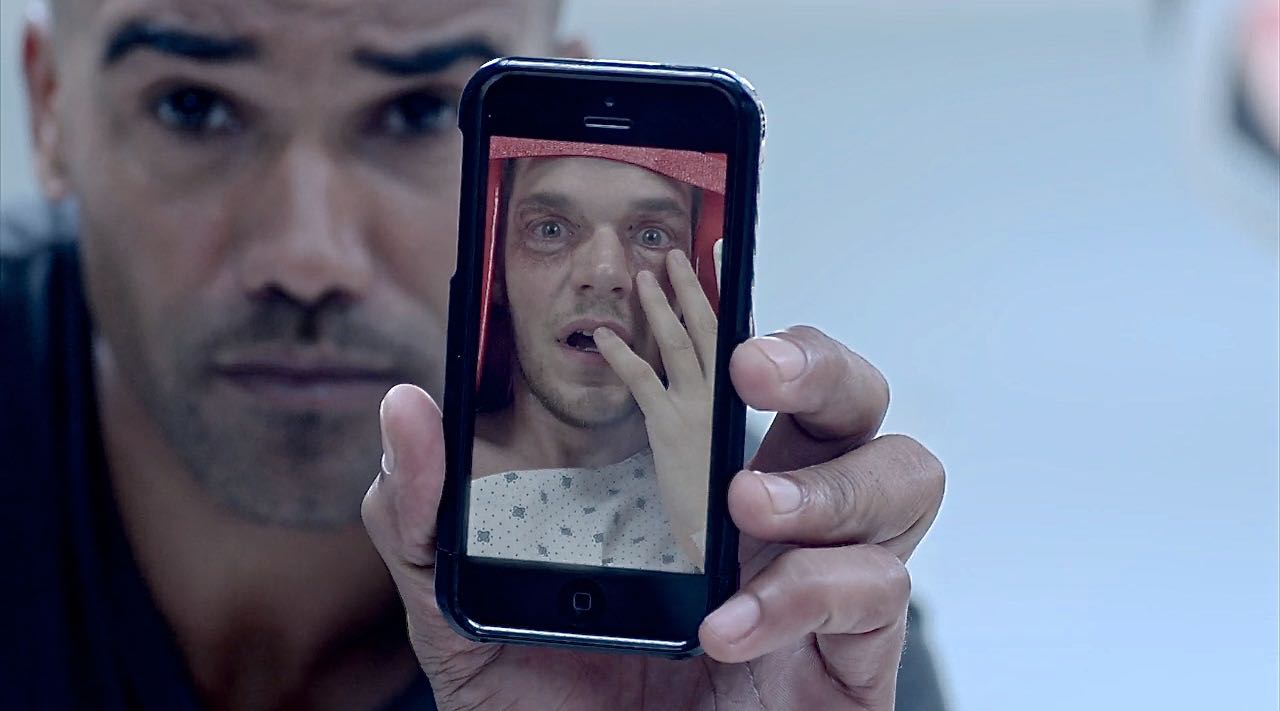

He confronts the debates over physician-assisted suicide and various efforts to control the circumstances of death. Can we really learn to live with dying? He also explores the emergence of “palliative care,” highlighting the new attention given to pain management and a more wholistic focus on dying patients’ physical, emotional and spiritual well-being.

He focuses on how we can overcome the fear of dying and the denial of death in our culture. Moyers does not shy away from difficult issues. He offers portraits of dying people and their families, hoping to show what “dying well” might look like in our time.
#TO BEAR WITNESS MEANING SERIES#
In a four-part PBS series to be aired September 10-13, “On Our Own Terms: Moyers on Dying,” Moyers provides several angles of vision on the end of life. Many people seem to be less afraid of death than of dying alone, out of control, in intense pain, caught in a technological vise controlled by inattentive technicians.Ĭan we do better in helping people die well? Bill Moyers thinks so. Dying in modern America is frequently messy, frustrating and debilitating-despite and because of medical advances. Our culture, however, tends to make such miracles unlikely. In such a giving, there are often miracles. When we trust others in community, we discover the significance of giving our lives to others, and ultimately to the Other. That same lack of control, whether in dying or living, also enables us to discover and embrace the fullness of life and death. Amid such a way of life, we can learn that living and dying are not ours to control. In Life is a Miracle Wendell Berry says that in order to realize that life is an inexhaustible miracle, life must be lived within the thick particularities of “local land” and “local people.” In the midst of such a way of life, dying can be acknowledged, even if it remains a painful mystery. "On Our Own Terms: Moyers on Dying" (PBS)


 0 kommentar(er)
0 kommentar(er)
